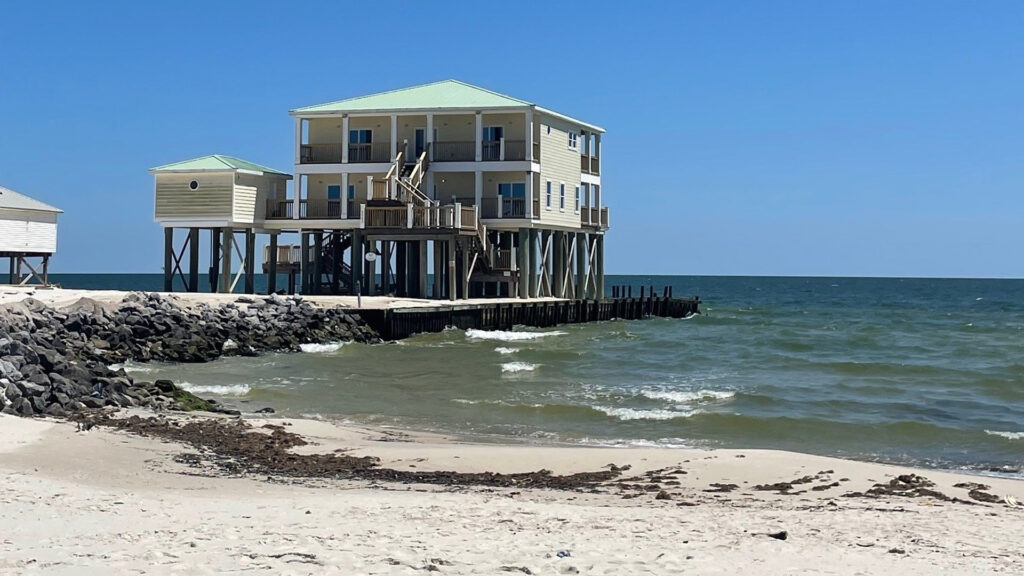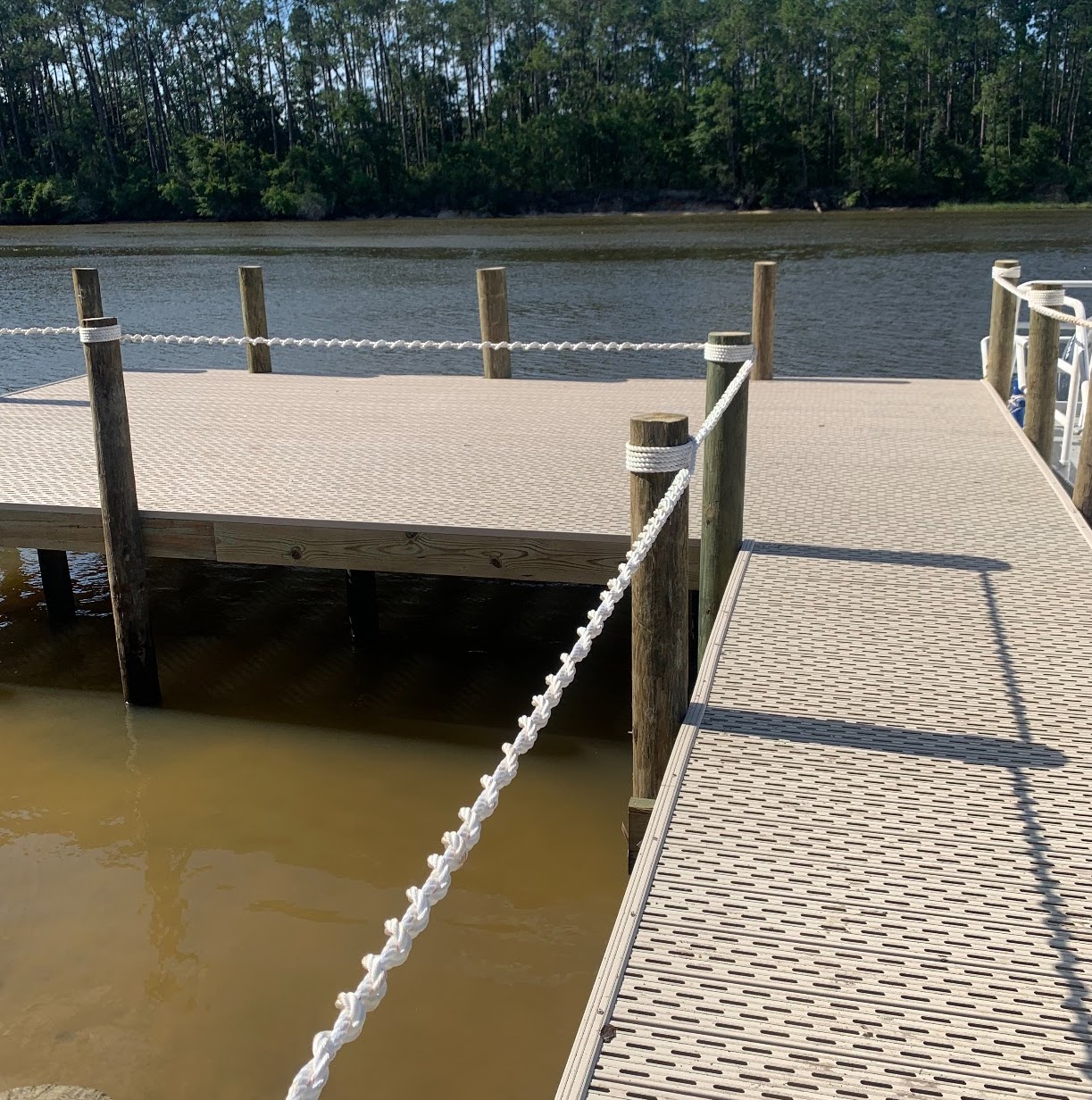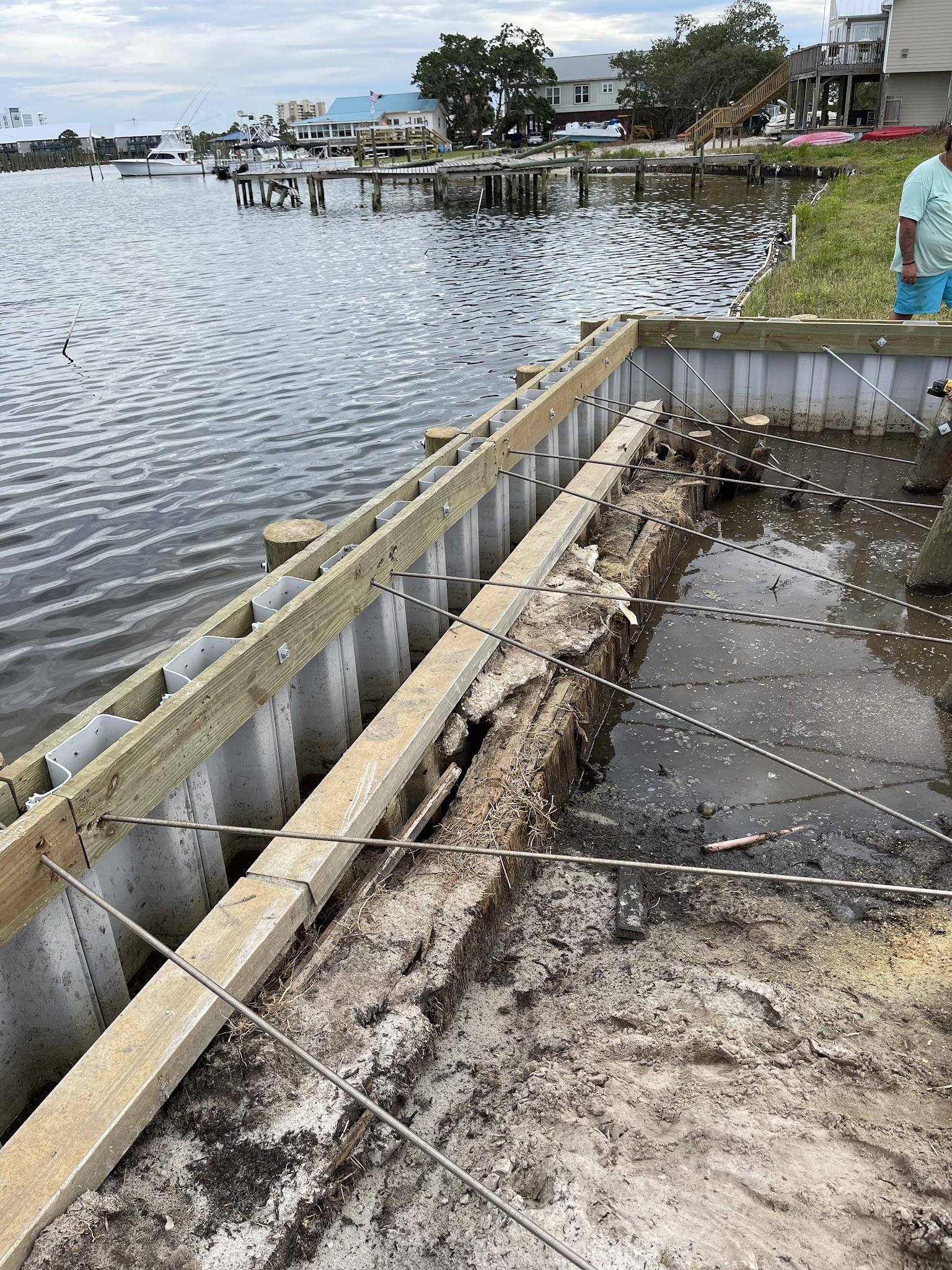What Is Dredging and Why Does It Matter?
If you own a waterfront home on the Gulf Coast, the word “dredging” may not be the most glamorous part of your property investment—but it should be on your radar. Dredging is the process of removing accumulated sediments and debris from the bottom of lakes, rivers, harbors, and other water bodies. It might sound like something only city planners or marina developers should worry about, but in reality, it’s something that directly impacts the value, usability, and safety of your home.
Sediment naturally builds up in bodies of water over time. As this happens, water depths decrease, channels become narrower, and access for boats and watercraft becomes limited. Without dredging, even the most picturesque waterfront property can turn into a stagnant, marshy area that’s less functional, less appealing, and ultimately less valuable.
How Sediment Buildup Affects Your Waterfront Property
Over time, sediment accumulation can lead to frustrating complications for homeowners. The most obvious issue is the reduced depth of the water around your dock or shoreline. For boat owners, this means limited access, the potential for propeller damage, and the risk of running aground even in areas that were once deep enough to navigate freely.
But it’s not just about boating. Sediment can also block drainage systems and increase the risk of flooding during heavy rain. Water needs a path to flow, and when silt and sand obstruct these channels, the water backs up. This creates erosion along the shoreline, which can literally eat away at your property, weakening structures and making the land unstable.
Dredging as Preventative Maintenance
Think of dredging as part of your home’s regular upkeep—like servicing an HVAC system or cleaning gutters. Just because the water looks calm doesn’t mean it’s not silently changing beneath the surface. Proactive dredging helps maintain the health of waterways and ensures you’re not caught off guard by long-term damage.
In many coastal areas, local governments or homeowner associations coordinate dredging projects to keep waterways navigable and safe. However, these efforts don’t always cover private properties or inlets, which means homeowners often need to be proactive about initiating or supporting dredging efforts near their homes.
The Connection Between Dredging and Property Values
The beauty and accessibility of a waterfront home are two of its biggest selling points. If the shoreline is filled with weeds, silt, and debris, or the dock can’t be used for boating, your property’s value can drop significantly. Buyers want homes they can enjoy from day one. That includes being able to launch a kayak, swim, or dock a boat without worrying about shallow or mucky waters.
Waterfront homes that show signs of proper maintenance—like clear access points, healthy water flow, and secure shorelines—are not only more appealing, but also signal to buyers that the property has been cared for over the years. This can give you a competitive edge in a real estate market where presentation and functionality matter more than ever.
Environmental Considerations and Responsible Dredging
Not all dredging is created equal. It’s important to work with professionals who understand the environmental impact and take steps to protect local ecosystems. Responsible dredging avoids disrupting marine habitats and ensures that the removed materials are disposed of properly.
Permits are usually required for dredging projects, especially when working on or near protected wetlands. That’s why working with experts who know the ins and outs of local regulations is so important. They’ll not only get the job done right but help you avoid fines or legal trouble.
Signs It Might Be Time to Dredge
You might be wondering, “How do I know if dredging is necessary?” There are a few signs to watch for around your waterfront property. If you’ve noticed a visible buildup of sand or mud around your dock, or if your boat struggles to navigate through areas it once sailed through with ease, that’s a red flag. Another sign is water discoloration, which can indicate that sediment is being stirred up and suspended in the water, affecting clarity and flow.
Some homeowners also notice changes in vegetation. If aquatic plants are growing in areas they haven’t before, it may mean the water has become shallow enough to support their root systems. While some aquatic plants are natural and beneficial, excessive growth often points to sediment issues.
Dredging Helps Protect the Gulf Coast’s Unique Shoreline
Living on the Gulf Coast offers incredible beauty and access to some of the country’s most scenic waterways. But that beauty comes with a responsibility to care for the surrounding environment. The Gulf Coast’s delicate coastal ecosystem is constantly shifting. Storms, tidal patterns, and runoff from inland development all contribute to sediment flow and accumulation.
By participating in dredging efforts, you’re not just protecting your own backyard—you’re contributing to the overall health of the community. A well-maintained shoreline supports biodiversity, keeps the waters safe for recreational use, and helps reduce the risk of erosion that can impact neighborhoods as a whole.
Cost Considerations and Long-Term Savings
Dredging might feel like an expensive investment upfront, but the long-term benefits far outweigh the costs. Consider the expense of repairing a dock damaged by shifting sediments or reinforcing a crumbling shoreline due to erosion. These types of reactive repairs can be significantly more expensive than scheduling routine dredging work that prevents the problem in the first place.
Some waterfront communities pool resources to tackle dredging together, which can reduce individual costs and streamline the permit process. Talk to your HOA or local waterway management organization to see if a cooperative effort is possible in your area.
The Role of Homeowners in Supporting Dredging Efforts
You don’t have to be an engineer or marine contractor to play a role in maintaining healthy waterways. Homeowners can advocate for regular dredging by staying informed, voicing concerns to local officials, and encouraging neighbors to take action. The more unified a community is about dredging, the more likely it is that municipal or county governments will prioritize those efforts.
In addition to direct involvement, homeowners can also make smart landscaping choices that reduce erosion and limit runoff. Planting native vegetation along the shoreline, avoiding chemical fertilizers, and keeping debris out of storm drains all contribute to better water quality and slower sediment buildup.
Future-Proofing Your Investment
As sea levels rise and storm patterns change, dredging is likely to become even more important for waterfront homeowners. Future-proofing your investment means thinking ahead and planning for environmental shifts that could impact your property in the years to come.
Being proactive about dredging today sets you up for smoother sailing tomorrow—literally and figuratively. Whether you use your dock daily or just want to preserve your home’s scenic views and value, staying ahead of sediment buildup is a smart move that every Gulf Coast homeowner should consider.
Don’t Wait Until It’s a Problem
It’s easy to ignore sediment buildup when the weather is nice and the water looks calm, but the consequences of inaction can sneak up quickly. Waiting until your boat is stuck or your dock is unusable means it’s already too late. Dredging isn’t just about maintaining a clean shoreline—it’s about protecting your property, preserving the environment, and securing your investment.
Waterfront living comes with perks, but it also comes with responsibilities. By keeping your section of the coast healthy and navigable, you’re ensuring that future generations will get to enjoy the same beauty and benefits you do today. So if you’ve never thought about dredging, now’s the time to start. Because when it comes to waterfront property, what’s beneath the surface matters more than you might think.




